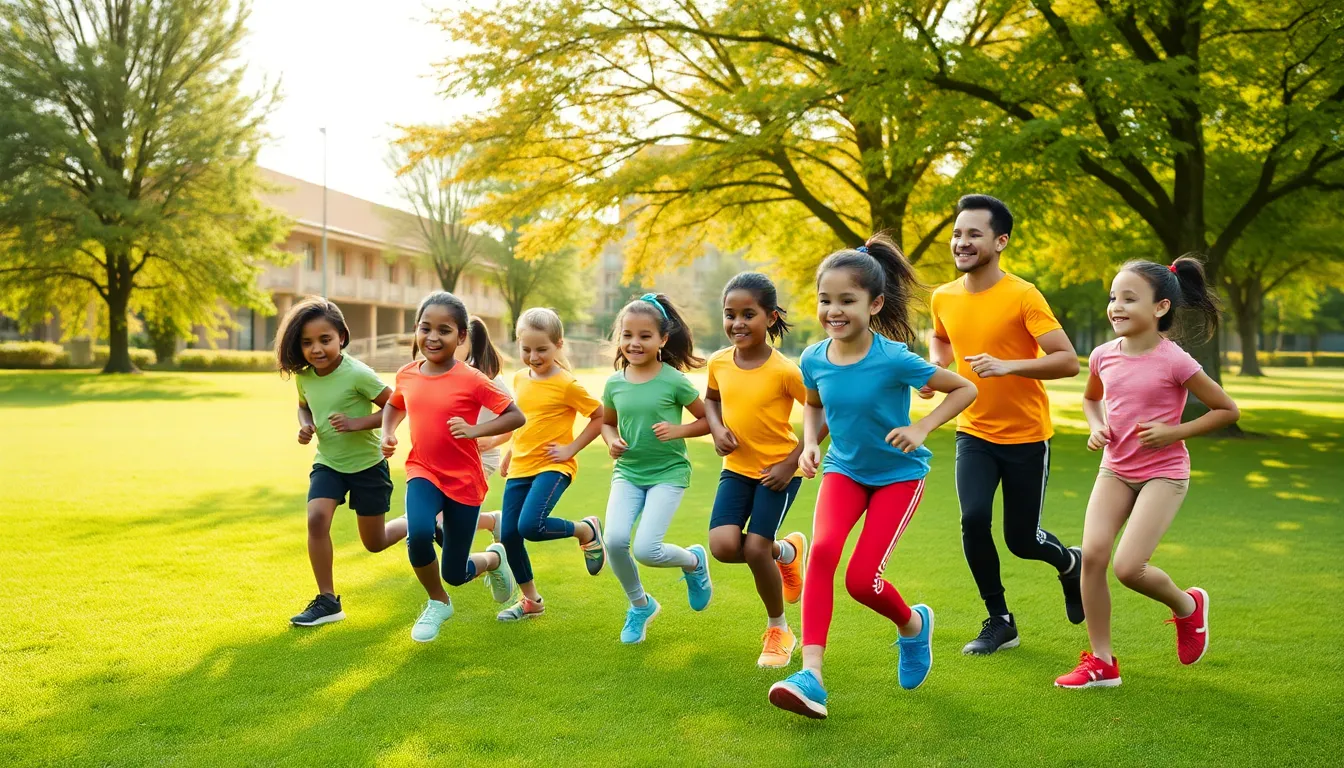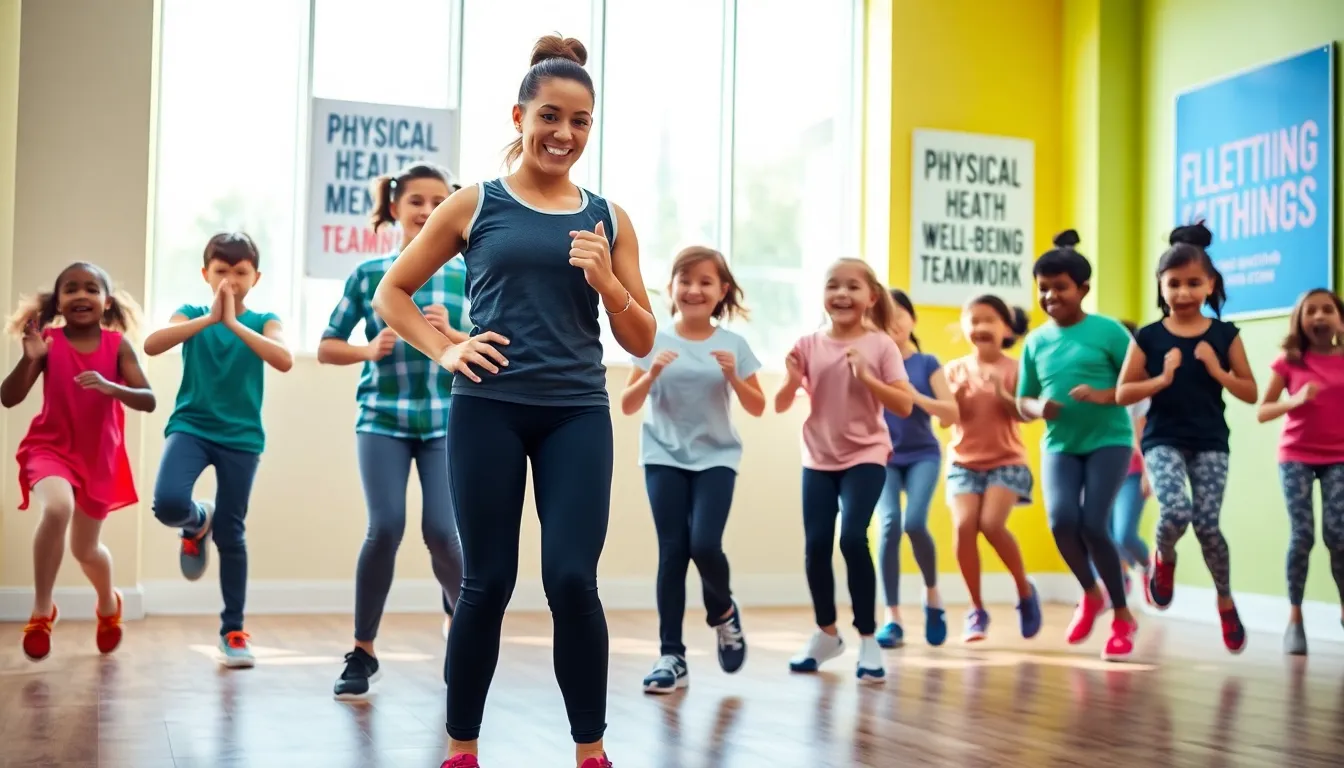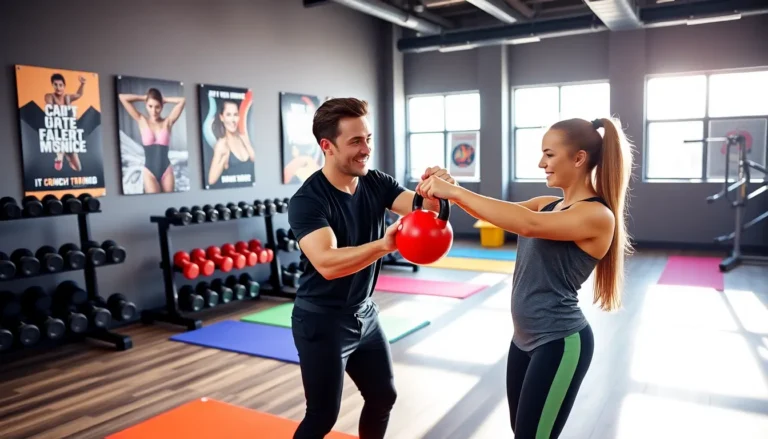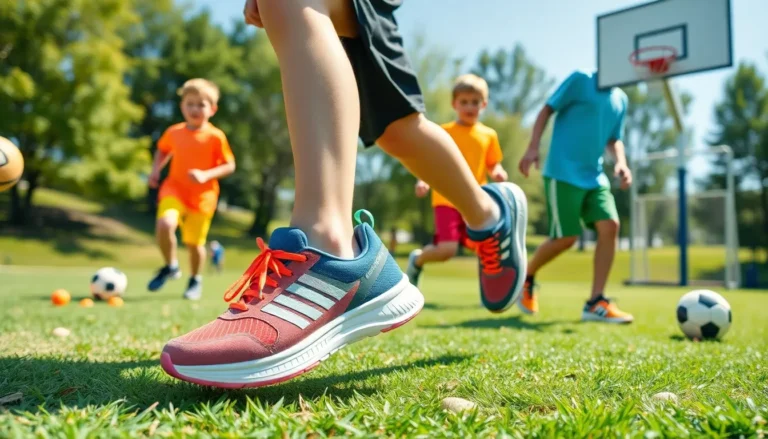Navigating the world of youth fitness can feel like trying to find a Wi-Fi signal in a crowded mall, challenging, yet essential. Youth fitness training is no longer just a trend: it’s a stepping stone for healthy growth and lifelong habits. If you’ve ever asked, ‘Where’s the nearest youth fitness program?’ you’re not alone. Parents everywhere want their kids to learn, grow, and thrive, all while having a blast. So grab a seat, maybe even a smoothie, and let’s jump into why youth fitness training is not just beneficial but downright crucial for today’s kids.
Table of Contents
ToggleThe Importance Of Youth Fitness Training

Kids are bundles of energy, constantly running, jumping, and exploring their surroundings. But amidst today’s tech-driven world, physical activity can take a backseat to screens. This makes youth fitness training even more important. It’s a way to harness that energy into structured activities that foster not only strength but also social skills and discipline.
Also, establishing a routine of regular physical activity is vital for combating the rise of childhood obesity and related health issues. Engaging in fitness helps kids develop motor skills, coordination, and confidence. Let’s face it: when they feel great, they perform great. Youth fitness training also instills healthy habits early on, habits that are crucial for a lifelong commitment to health and wellness.
Benefits Of Fitness Training For Kids
The perks of fitness training for children extend far beyond just the physical. While building muscle, endurance, and flexibility is what many parents think about, there’s a treasure trove of additional advantages.
Physical Health
Fitness reduces the risk of obesity, cardiovascular diseases, and type 2 diabetes. Kids who engage in regular exercise build a stronger immune system, enabling them to ward off pesky colds and flu.
Mental Health
Exercise is a natural mood booster. Kids involved in fitness training report lower levels of anxiety and higher self-esteem. They get to let off steam and can tackle life’s challenges with a renewed sense of vigor.
Skill Development
Learning coordination, agility, and teamwork enhances their ability to play sports and perform daily tasks. Plus, fitness training sharpens focus and discipline, qualities that undoubtedly carry over into academics and other facets of life.
Finding Local Youth Fitness Programs
Identifying the right youth fitness program can feel overwhelming. But, here’s how to ease that search.
Types Of Youth Fitness Training Available
There’s no one-size-fits-all when it comes to youth fitness training. Options abound, from formal gyms to community centers. Explore these popular types:
Group Classes
Group classes are designed to engage kids in fun, dynamic workouts. Think Zumba, circuit training, or even yoga tailored for kids. The interactive setting fosters camaraderie and motivation among peers, making fitness feel more like fun than work.
Personal Training
If a tailored approach is more your speed, personal training might be the way to go. A certified trainer can create a customized routine to meet your child’s unique needs and preferences, ensuring they stay engaged and challenged.
Sports-Specific Training
For those budding athletes, sports-specific training hones skills relevant to particular sports. Whether it’s soccer, basketball, or gymnastics, specialized training helps children improve performance while also making them feel more confident in their abilities.
Evaluating The Right Program For Your Child
Selecting the best program requires careful consideration. Look for a program that emphasizes safety, fun, and inclusivity. Here are a few critical factors to consider:
- Qualified Staff: Ensure trainers or instructors have relevant certifications in youth fitness training. Their background will have a direct impact on your child’s safety and experience.
- Environment: A positive atmosphere can make or break a child’s experience. Visit classes to gauge how instructors interact with kids. Is it encouraging? Engaging? Everyone should leave feeling empowered.
- Adaptability: Different children thrive under various circumstances. Programs that adapt to individual skill levels can foster a sense of belonging and achievement.
Setting Goals And Tracking Progress
Life is more fun with goals, and fitness is no different. Help your child set realistic, attainable objectives, whether it’s mastering a particular dance move or improving their mile time. Goals keep kids motivated, and the journey provides built-in triumphs along the way.
Regularly tracking progress can also keep kids focused. Use fun charts, stickers, or apps to capture milestones. Celebrate small victories. Recognition goes a long way in boosting confidence and encouraging continued effort.





